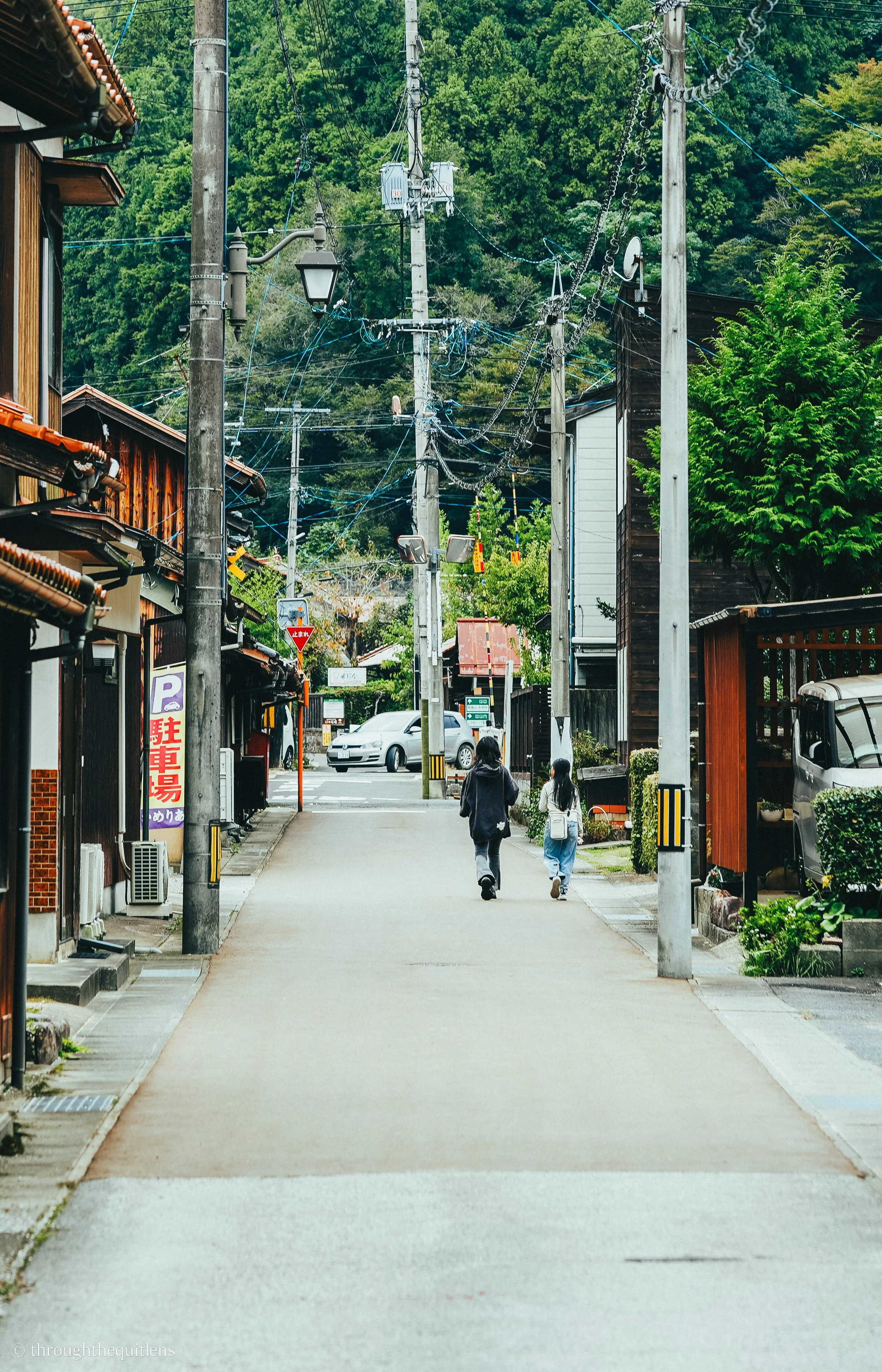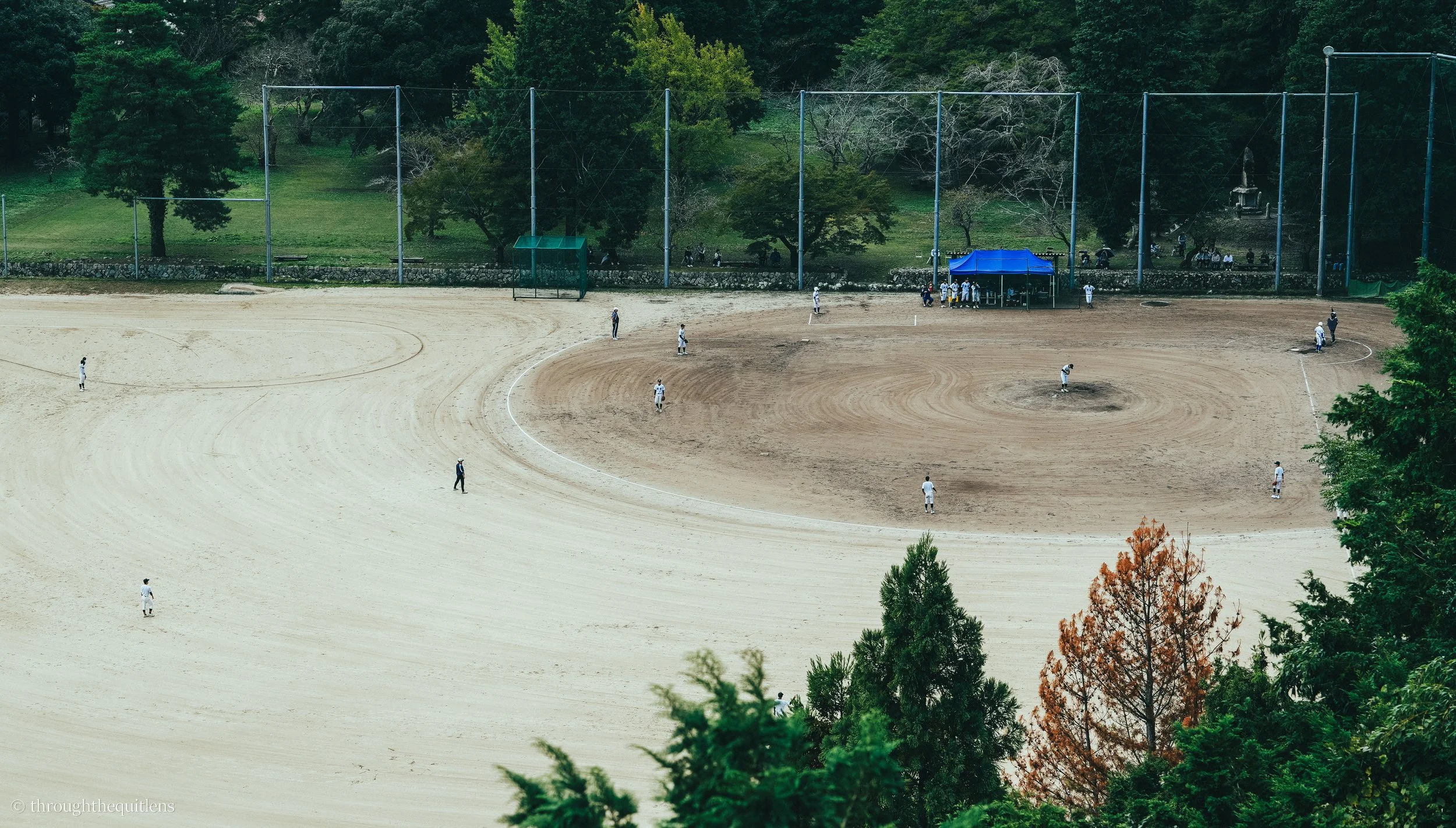The Hidden Gems of Tsuwano
“A Day in Little Kyoto”.
Tsuwano, often called the "Little Kyoto of the San'in Region," is a charming town in Shimane Prefecture, Japan, known for its rich history, natural beauty, and traditional atmosphere. Nestled in a scenic valley surrounded by mountains, it’s a place where the past lingers in its narrow streets and old samurai residences.
One of Tsuwano’s highlights is the Taikodani Inari Shrine, a vivid red shrine perched on a hillside, reached by a long staircase lined with hundreds of torii gates. The view from the shrine offers a stunning panorama of the town below.
The Tono-machi District, with its preserved samurai houses and waterways teeming with colorful koi fish, gives a glimpse into Tsuwano’s Edo-period charm. The town is also home to the Tsuwano Catholic Church, a unique blend of Western and Japanese architectural styles, built in the late 19th century when Christianity returned to the region.
Two figures glide on their bikes through the quiet afternoon streets, where the town rests in a still, sunlit hush.
In Tsuwano, I find myself gazing down a narrow alley that seems to stretch endlessly into the quiet.
A woman strolls alone through the city's streets, her gaze dancing on window displays, savoring the quiet joy of her own company.
A man and his wife sit quietly on a bench, cradled by nature's embrace, as his hands rest gently on the umbrella, a silent witness to their shared serenity.
Two young girls wander side by side through the still streets—maybe sisters, maybe just good friends.
An elderly couple walks side by side on the village's narrow roads, their footsteps weaving stories of a life shared in quiet harmony.
From the hillside, I watch young players on the baseball field below, their game unfolding in the wide, open air.
Standing at the crossing, I gaze down the quiet tracks, leading toward the station of Tsuwano, a gentle pause in the path of the rails.
As I climb toward the hillside shrine, a towering torii gate greets me—weathered, silent, and proud.















